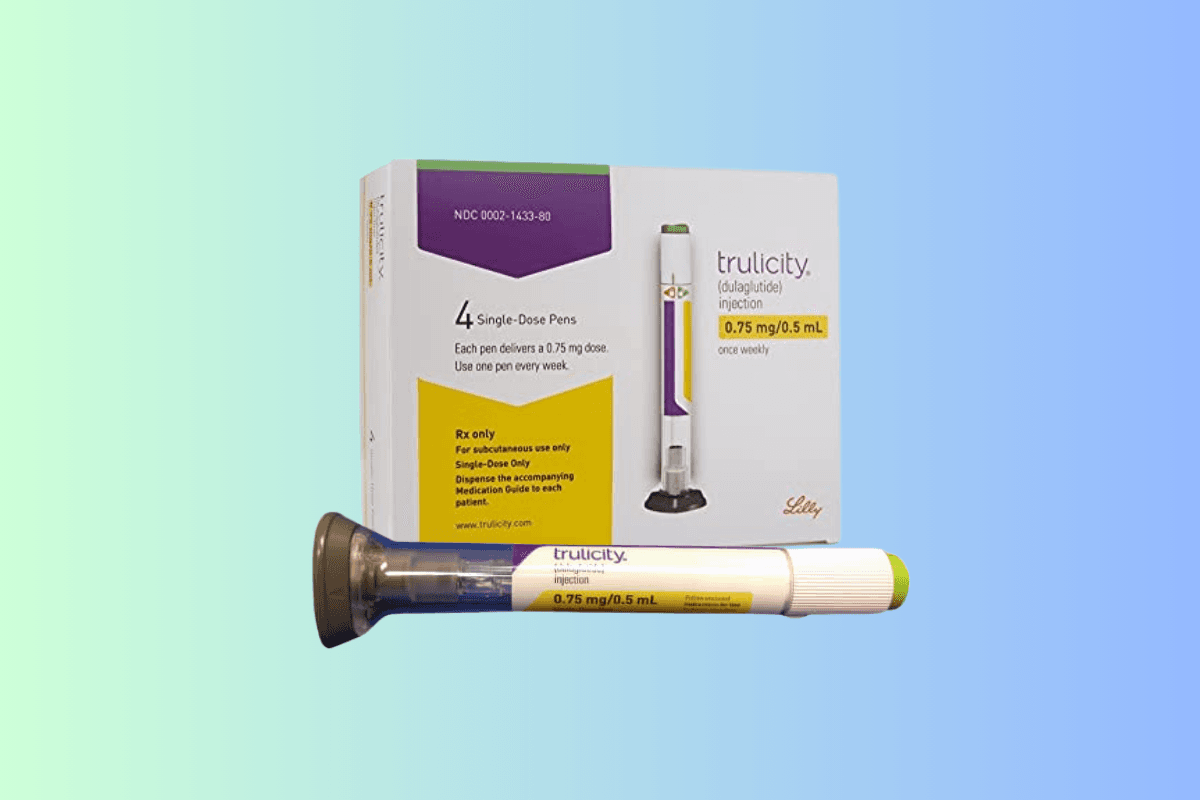Summary: Trulicity dosing for type 2 diabetes begins with a 0.75 mg weekly dose, potentially increasing to 4.5 mg for improved blood sugar control. Key considerations include proper administration, managing side effects like nausea, and regular follow-ups with a healthcare provider to ensure optimal results.
Managing diabetes effectively requires a multifaceted approach, including lifestyle changes and medication. One such medication is Trulicity (dulaglutide), a glucagon-like peptide-1 (GLP-1) receptor agonist used to improve blood sugar control in adults with type 2 diabetes. Understanding how to dose Trulicity correctly is essential for achieving optimal outcomes. This guide provides a comprehensive overview of Trulicity dosing, including initial doses, adjustments, administration, and important considerations.
What is Trulicity?
Trulicity is an injectable medication designed to aid in lowering blood sugar levels in type 2 diabetes patients. It works by stimulating insulin secretion, slowing gastric emptying, and reducing glucagon release. Trulicity is administered once weekly and is typically utilized in combination with diet and exercise and sometimes with other diabetes medications.
Initial Trulicity Dosing
For most adults starting Trulicity, the recommended initial dose for diabetes management is 0.75 mg, administered once weekly. This starting dose helps the body adjust to the medication and minimizes the risk of gastrointestinal side effects such as nausea and diarrhea.
If you are interested in the potential benefits of Trulicity dosage for weight loss, starting at a lower dose can help your body adjust, reducing the likelihood of initial discomfort. While Trulicity is not approved specifically for weight management, it can support weight loss as a secondary benefit for some individuals.
Dose Adjustments
After the initial dose period, if additional blood sugar control is necessary, the dose can be increased. The following adjustments are common:
- 0.75 mg to 1.5 mg: If blood sugar targets are not met with the 0.75 mg dose and the patient tolerates the medication well, the dose can be increased to 1.5 mg once weekly.
- 1.5 mg to 3.0 mg: For patients requiring further glycemic control, the dose can be further increased to 3.0 mg once weekly.
- 3.0 mg to 4.5 mg: The highest available dose of Trulicity is 4.5 mg, reserved for those who need maximum blood sugar control and can tolerate higher doses.
Administration and Important Considerations for Trulicity
Trulicity is given once a week, on the same day each week, at any time of day, regardless of meals. It can be administered by injection into the abdomen, thigh, or upper arm. To minimize skin irritation, it is important to rotate injection sites each week.
If a dose is missed, it should be taken as soon as possible if the next scheduled dose is more than three days away. If the next dose is within three days, the missed dose should be skipped, and the regular schedule should be resumed.
The common adverse reactions of this treatment include nausea, diarrhea, and abdominal pain, which usually decrease over time. However, severe side effects such as pancreatitis or severe allergic reactions require immediate medical attention. Let your healthcare provider know about all the medications and supplements you are currently taking to prevent potential interactions.
Monitoring and Follow-Up
Regular follow-up appointments and consultations with your healthcare provider are vital to monitor the effectiveness of Trulicity and make any necessary dose adjustments. Blood sugar levels, HbA1c, and other relevant health markers should be regularly assessed.
Takeaway
Trulicity can be a powerful tool in managing type 2 diabetes when used correctly. Understanding the Trulicity dosing regimen, administration guidelines, and important considerations can help you achieve better blood sugar control and improve your overall health. Always consult with a healthcare provider to recognize the most appropriate dosing strategy for your individual needs.


